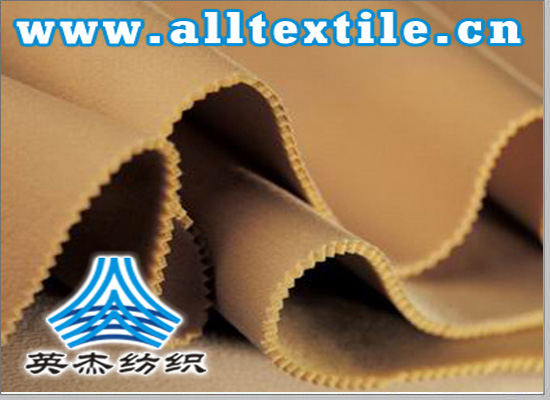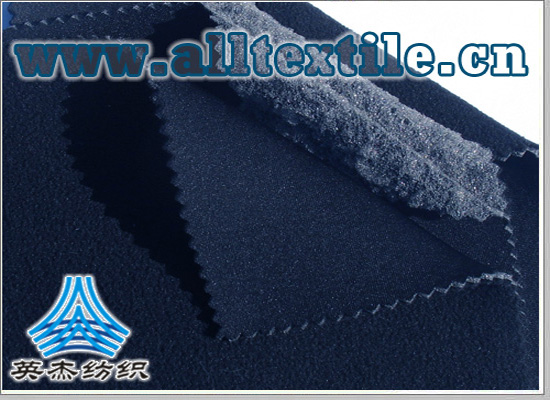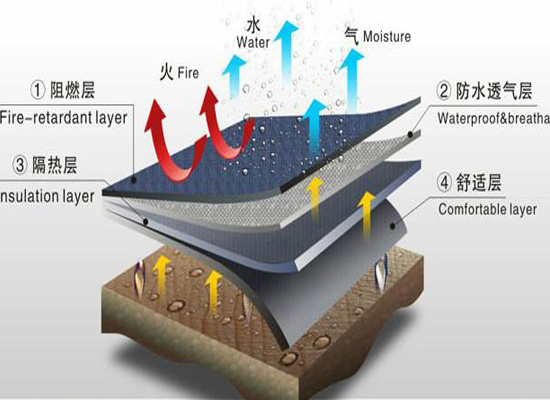The production process of printed fabric
(1) Reasonable design of printing process and screen arrangement
When designing the printing process, in addition to considering the printing effect, the removal of color transfer defects must also be considered. For similar colors and sister colors, the mesh tubes of the pattern should be arranged as close as possible, so that the color transmission effect will not be too great. Sometimes, the direct printing process is used, and the dark and bright pattern mesh tubes must be arranged in the order of dark and then light. Then the pattern structure should be analyzed, and if possible, the dark and dark patterns should be combined with fine and fine patterns. Thin stems and patterns that overlap with other colors are carved into two mesh tubes. During printing, the all-over mesh can be simply arranged at the rear or last position, which can help solve the color transfer problem. Another example is that the dark-colored flower pattern has a larger area and is of various flower types. The flower pattern on the block surface is dark-colored, and the thin lines on the dark-colored block surface are bright colors. This kind of pattern is arranged in a pattern of dark first and then light, so it is easy to cause color transfer. In this regard, you can dye bright colors first and then print dark patterns to reduce the number of printing colors to solve the color transfer problem and ensure printing quality. In addition, the use of anti-printing technology, using bright and light flowers as anti-print paste, to prevent large dark and large areas or all-over patterns, is also an effective way to prevent color transfer defects.
(2) Strengthen the pre-treatment of printed gray fabrics
How well the printing gray fabric is pre-treated has a great influence on the amount of printing paste placed on the surface of the fabric. For those semi-finished products that are not cleanly desized or scoured, the printing paste is not easy to penetrate into the fabric and is easy to accumulate on the surface of the fabric; otherwise, the amount of paste placed on the surface will be reduced.
The pre-treatment of printed gray fabrics should be desizing, thoroughly scouring, fully mercerized, and even, which will definitely help increase the penetration of printing paste on the fabric and reduce the amount of paste on the surface of the fabric.

(3) Reasonable selection of mesh and mesh tube production
It is necessary to constantly summarize and explore the selection of mesh tubes for different pattern types. The size of the mesh has a greater impact on the amount of printing paste, which directly affects the amount of paste placed on the surface of the fabric. When engraving and making mesh tubes, we must pay attention to the relationship between color and color, and master the rationality of borrowing and dividing lines and the relationship between colors. In order to avoid excessive overlapping of printing paste, do line separation when necessary.
(4) Correctly grasp the viscosity of printing paste
In the rotary screen printing production process, the viscosity of the printing paste should not be too low. Generally, the viscosity of the printing paste will be thicker. When overcoming color transfer defects, it is advisable to make the printing color paste thinner and the viscosity should not be too high. Too thick color paste is not conducive to penetration and accumulates on the surface of the fabric. Increasing the amount of paste is likely to cause color transfer problems. In production practice, attention should be paid to reasonably controlling the viscosity of the printing paste to achieve just the right amount.
(5) Reasonable selection of printing scrapers
Generally, for mesh tubes with dark patterns arranged in front, a hard scraper, that is, a thicker and narrower scraper, should be used to increase pressure during scraping and printing, improve the penetration of color paste, and reduce the accumulation of color paste on the surface of the fabric. . In the light-colored pattern mesh tubes arranged at the back, it is advisable to use a soft scraper, that is, a thin and wider scraper with strong elasticity to facilitate slurry collection and reduce the transmission of dark and dense color slurry into the mesh holes of the light-colored mesh.
(6) Use smooth mesh to overcome color transmission
In multi-color printing, if color transfer defects are found, a light-shielding mesh cylinder is added so that the printing paste accumulated on the surface of the fabric is extruded by the glossy mesh cylinder and other mesh cylinders, so that part of the The printing paste penetrates into the inside and back of the fabric fibers to prevent color defects.

What else should I do?
1.2.3 Color transfer that gradually changes color from the edge (one or both sides) of the net to the middle part of the net
This type of color transmission defect is actually a kind of color transmission through the network, but the form of expression is different. The occurrence of this defect is related to the large amount of color paste accumulated on both sides or one side of the web. The specific reasons are:
(1) The engraving width of the mesh tube is too wide, and the larger one exceeds the width of the printed gray cloth.
During the printing production process, the color paste wider than the width of the fabric is piled on the rubber guide belt and pressed by the mesh cylinder behind it. The printing paste will spread to both sides. Slight left and right movements of the rubber guide belt and the printing fabric will cause the residual color paste accumulated in the front mesh cylinder to penetrate into the color paste in the rear mesh cylinder, causing color transfer. The characteristic of this type of color transfer is that it starts from the edge of the cloth, then gradually extends to the middle, and finally the cotton changes color. The wider the color paste accumulated on both sides of the rubber guide belt, the more color paste will penetrate into it and the faster it will change color.
(2) The fabric to be printed is not centered during the printing production run.
The fabric to be printed is adhered to the rubber guide belt. If the fabric is biased to one side of the guide belt during operation, the color paste at the end without the fabric will be scraped onto the rubber guide belt and accumulated on its surface. The same principle as mentioned above, it is easier to penetrate into the pattern mesh of the back screen, causing color transfer. The color transfer defect is manifested by light discoloration starting from one side of the net, then extending to the middle of the net, and finally discoloring across the board.
Give me someLike it, give me a like and I will tell you! Hahaha!

Speak quickly, or I’ll throw you into the big dye vat! Editor:
I’m scared of you! Don’t be angry, I say!
To solve and overcome this type of color transmission defects, in addition to the overcoming methods introduced above, the following measures and methods can also be adopted:
① It is necessary to reasonably grasp the printing width of the semi-finished product to be printed
In order to solve the color transfer defects on both sides of the fabric, the printed semi-finished products should be stretched and fixed before printing to ensure that the width of the printed semi-finished products is slightly larger than the printing width of the mesh tube. Generally, the two sides of the printed semi-finished product should have a printing width of about 1cm with a large dry screen, which can overcome the color transfer caused by the printing paste being stacked on the printing rubber guide belt.




